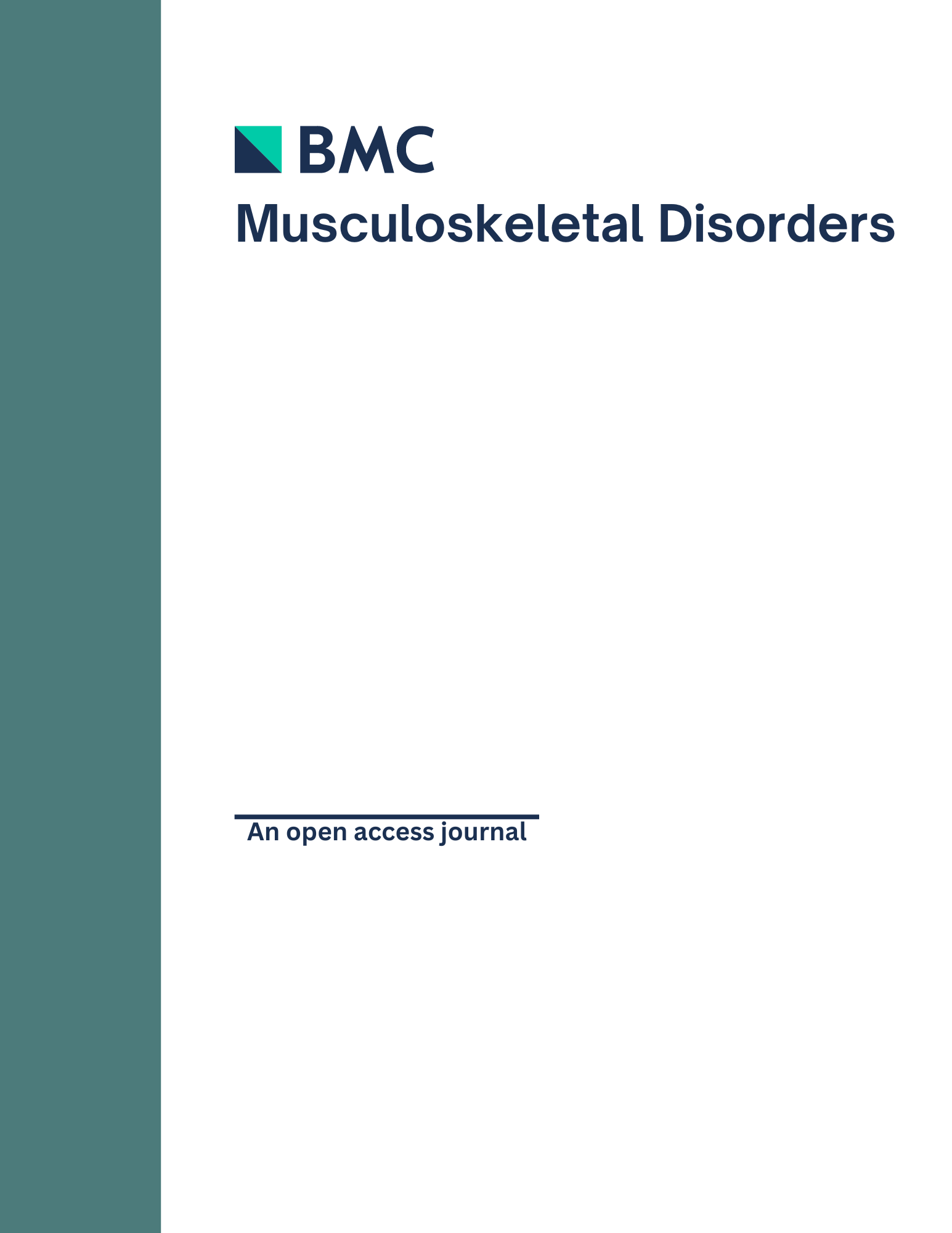
Early PEMF therapy improves union success rates for delayed unions of long-bone fractures

Early PEMF therapy improves union success rates for delayed unions of long-bone fractures
Early application of pulsed electromagnetic field in the treatment of postoperative delayed union of long-bone fractures: a prospective randomized controlled study
BMC Musculoskelet Disord. 2013 Jan 19;14:35. doi: 10.1186/1471-2474-14-35.Did you know you're eligible to earn 0.5 CME credits for reading this report? Click Here
Synopsis
64 patients with delayed union following a long-bone fracture were randomized to receive either an active or sham treatment of pulsed electromagnetic field (PEMF) therapy between 16 weeks and 6 months postoperatively to determine whether early application of PEMF is effective in improving union success rates in these patients. Results indicated that, although union success rates were similar between groups at the 3-month assessment, PEMF therapy was associated with a significantly higher union success rate at study completion, compared to the control group (77.4% versus 48.1%). The average length of treatment at the end of the study was similar between groups.
Was the allocation sequence adequately generated?
Was allocation adequately concealed?
Blinding Treatment Providers: Was knowledge of the allocated interventions adequately prevented?
Blinding Outcome Assessors: Was knowledge of the allocated interventions adequately prevented?
Blinding Patients: Was knowledge of the allocated interventions adequately prevented?
Was loss to follow-up (missing outcome data) infrequent?
Are reports of the study free of suggestion of selective outcome reporting?
Were outcomes objective, patient-important and assessed in a manner to limit bias (ie. duplicate assessors, Independent assessors)?
Was the sample size sufficiently large to assure a balance of prognosis and sufficiently large number of outcome events?
Was investigator expertise/experience with both treatment and control techniques likely the same (ie.were criteria for surgeon participation/expertise provided)?
Yes = 1
Uncertain = 0.5
Not Relevant = 0
No = 0
The Reporting Criteria Assessment evaluates the transparency with which authors report the methodological and trial characteristics of the trial within the publication. The assessment is divided into five categories which are presented below.
3/4
Randomization
4/4
Outcome Measurements
4/4
Inclusion / Exclusion
3/4
Therapy Description
4/4
Statistics
Detsky AS, Naylor CD, O'Rourke K, McGeer AJ, L'Abbé KA. J Clin Epidemiol. 1992;45:255-65
The Fragility Index is a tool that aids in the interpretation of significant findings, providing a measure of strength for a result. The Fragility Index represents the number of consecutive events that need to be added to a dichotomous outcome to make the finding no longer significant. A small number represents a weaker finding and a large number represents a stronger finding.
Why was this study needed now?
A common complication associated with treatment of fractures is delayed union or nonunion. Conservative treatments to promote bone healing are typically administered when these fractures are infection- and defect-free. One approach - pulsed electromagnetic field (PEMF) therapy - has previously been found to be effective, although the mechanism by which it carries out this effect is not well-known. Furthermore, some studies begin this treatment well after delayed union has been diagnosed (i.e. >6 months post-fracture), while others wait until nonunion is officially diagnosed. This study was needed to examine the efficacy of PEMF when applied early on, immediately following diagnosis of delayed union (i.e. approximately 16 weeks post-fracture).
What was the principal research question?
Is pulsed electromagnetic field (PEMF) therapy effective in improving bone healing in patients with postoperative delayed union following a long-bone fracture?
What were the important findings?
- At 3 months, union success was found in 12 patients (38.7%) in the treatment group and 6 patients (22.2%) in the control group, a non-significant difference (RR 1.74; p=0.256).
- At study completion, the union success rate was significantly greater in the treatment group (24/31 or 77.4%; 95% CI 0.58 to 0.90) compared to the control group (13/27 or 48.1%; 95% CI 0.28 to 0.68) (RR 1.61; p=0.029).
- The average length of treatment was similar between groups at the end of the study (treatment: 4.8 months; control: 4.4 months) (p=0.489).
What should I remember most?
Although union success rates were similar between groups at the 3-month assessment, pulsed electromagnetic field (PEMF) therapy was associated with a significantly higher union success rate compared to the control group at study completion (77.4% versus 48.1%). The average length of treatment at the end of the study was similar between groups.
How will this affect the care of my patients?
Results from this study support the early application (i.e. 16 weeks to 6 months postoperatively) of pulsed electromagnetic field (PEMF) therapy in the treatment of patients with delayed union of long bone fractures. These findings are limited by varying degrees of damage in each patient, the small number of patients for each fracture location, and variability in the patients' activity levels. Future studies should determine whether there is a difference in patient outcome whether PEMF is administered at 16 weeks versus 6 months postoperatively.
Learn about our AI Driven
High Impact Search Feature
Our AI driven High Impact metric calculates the impact an article will have by considering both the publishing journal and the content of the article itself. Built using the latest advances in natural language processing, OE High Impact predicts an article’s future number of citations better than impact factor alone.
Continue



 LOGIN
LOGIN

Join the Conversation
Please Login or Join to leave comments.